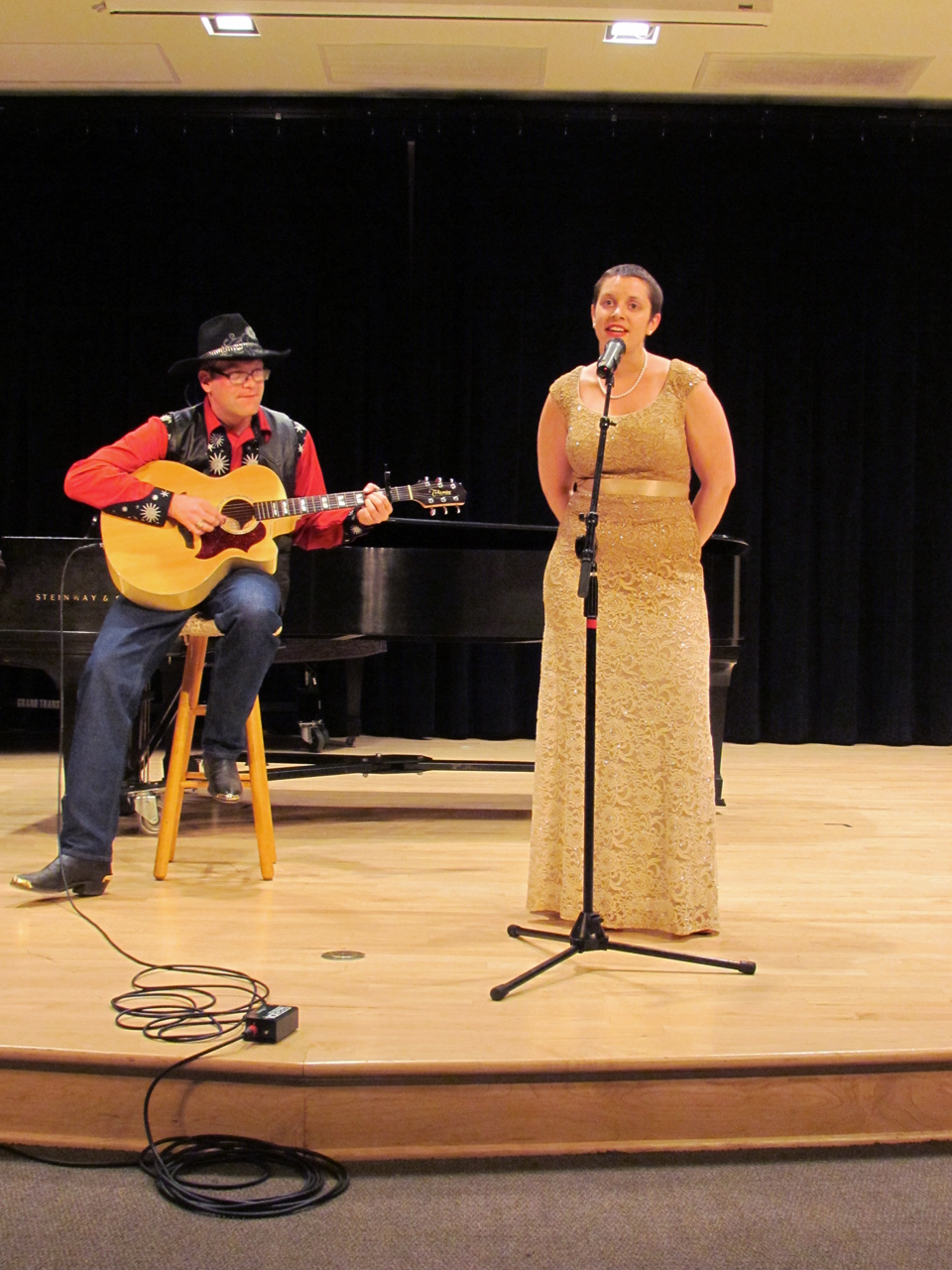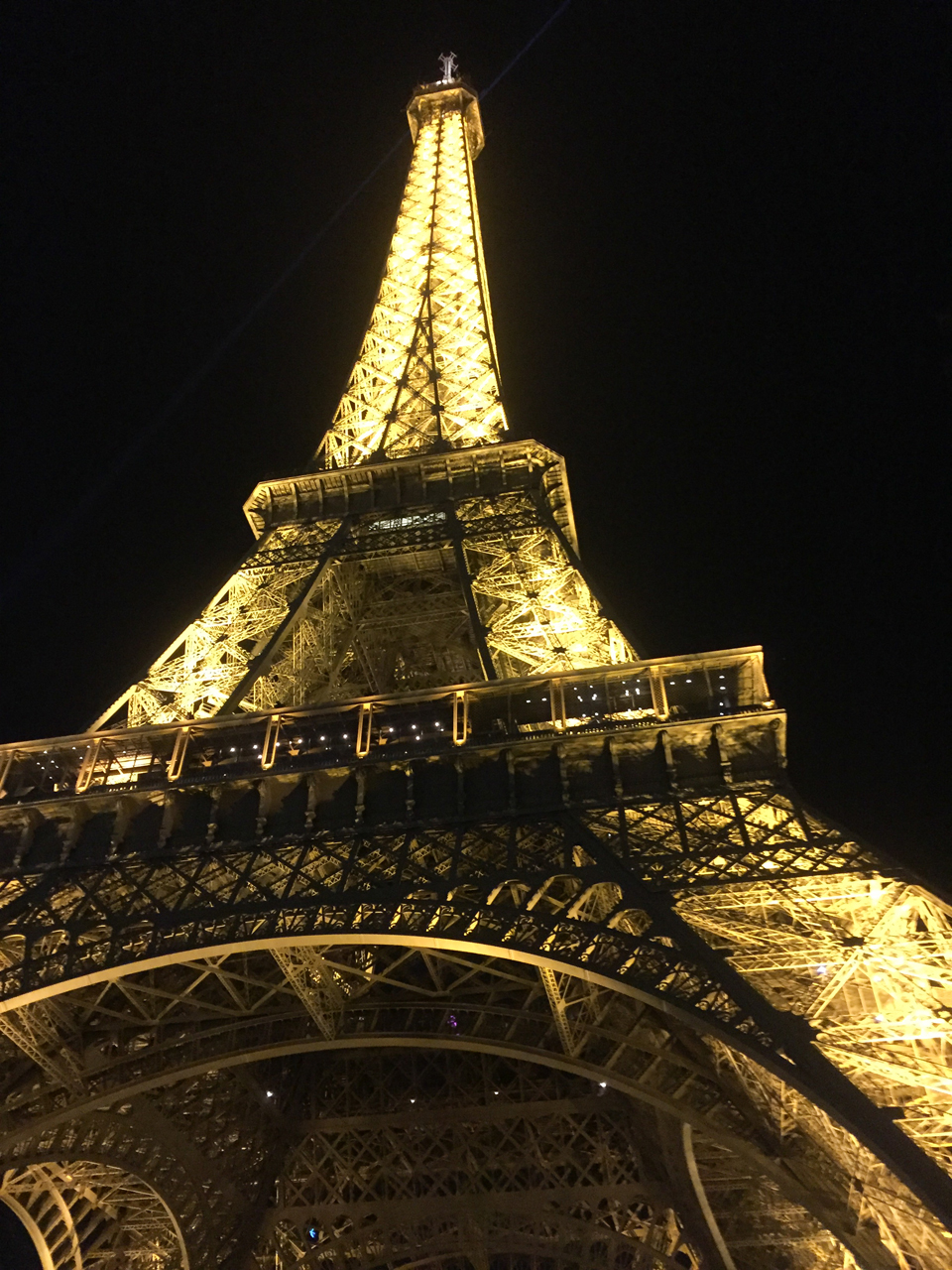
By Rebekah Devorak | Opinions Editor
They say that Paris is always a good idea. This semester, I decided to investigate that for myself by signing up for a Spring Breakaway course — Travel Writing — destined for the City of Light. Read on for a recap of my favorite experiences of the week-long trip. That way, even if you stayed home all spring break, you can still feel like you traveled the world. Bon voyage!

French Cooking Class
I was thrilled for the chance to partake in a French cooking class. I love to bake but am not so skilled at actual cooking, so I was eager to pick up a few tips. We spent the morning with a wonderful chef who taught us how to make the famed Quiche Lorraine, stuffed chicken cut into the shape of roses with pasta, and profiterole cream puffs.
Everything was made from scratch, right down to the whipped cream for the dessert. We all worked at individual stations, outfitted with plastic aprons and crepe chef’s hats. We were also given the chance to cook alongside the chef himself for different tasks, such as piping out the perfect profiterole onto the baking mat. Making the whipped cream — or creme chantilly — was definitely a group effort. Let’s just say that chefs must have some serious upper-arm strength.
Of course, we got to eat our slaved-over creations for lunch, and they were absolutely delicious.
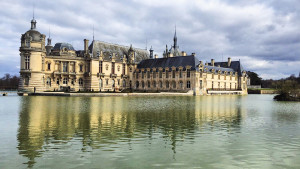
Chateau de Chantilly
One day’s excursion required an early-morning bus ride out to the French countryside of Chantilly. The Chateau de Chantilly housed many French aristocrats over the years, including Louis Prince of Conde. This particular castle, originally used as a hunting retreat, doesn’t appear as grand or sparkly as Versailles from the outside, but don’t let that cloud your notion of it.
The Chateau de Chantilly is incredible in its own way. It has the second largest personal library in France, and it’s here that you can find one of the original Gutenberg Bibles. Chantilly’s moat/reflection pool allows for heavenly, picturesque scenes when the weather cooperates. The chateau also has an extensive tapestry collection, expansive gardens and horse stables.
These are no ordinary horse stables, though; they’re designed to be a luxurious extension of the chateau. You can visit the horses and miniature ponies on the premises, and if you’re lucky to come on a warm day, there’s even a horse show where they show off their tricks.
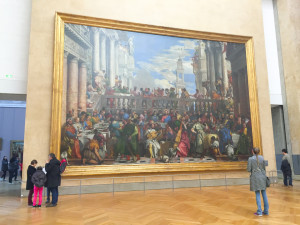
The Louvre
On this trip my class and I attempted to tackle what is largely considered the crown jewel of Paris museums: the Louvre. A major tip is to arrive as early as possible and head straight for the “Mona Lisa.” As soon as it opened, we literally sprinted through the halls to see Leonardo da Vinci’s work.
It might have something to do with it being the middle of the week or early March, but there were virtually no other people at the exhibit. We could quietly observe and photograph the “Mona Lisa” to our heart’s content without being pushed or shoved, something that’s apparently unheard of. But what shocked me the most was the sheer height of “The Wedding at Cana,” the painting across from the “Mona Lisa.” Call me a silly American, but I didn’t realize that paintings could even be that tall.
A different area of the Louvre that is utterly spectacular is where Napoleon Bonaparte’s diamond is housed. The Regent Diamond is over 140 carats and is displayed next to other crowns and jewels from both his family and his wife Josephine. The room itself is dripping in gold filigree and marble carvings from floor to ceiling. I imagine much of the museum’s splendor is missed simply because people forget to look up.
The Louvre is also home to some beautiful sculptures, including Antonio Canova’s “Psyche Revived by Cupid’s Kiss.” There’s also a section dedicated to Egyptian art. I’m convinced you could live in the Louvre for a week and still not see everything it has to offer.
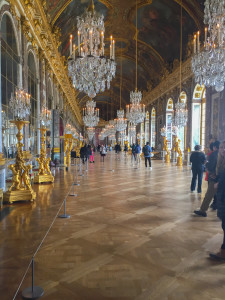
Versailles
After the Louvre, we decided that we hadn’t had enough ostentatiousness yet. So, my classmates and I boarded an RER metro train to Versailles, the chateau 30 minutes outside of Paris that was home to Queen Marie Antoinette.
This estate can only be described in one word — opulent. The outside of the palace appears to have been dipped in liquid gold and left to dry. Walking through the mansions, we came upon chamber after chamber, each fully decked out in anything that sparkled or glimmered. What the famed Hall of Mirrors lacked in actual mirrors — there were surprisingly only a few — it made up for in crystal chandeliers, golden statues and more lavish paintings. I could definitely understand why the French revolted.
Due to an untimely thunderstorm, we were unable to really explore the gardens of Versailles. And because it was March, nothing was really in bloom, either. But all it took was one look across the acres of land in front of us to realize we’d need a day just to see the outside. The palace even offered train rides to weary travelers because the gardens were just that massive.
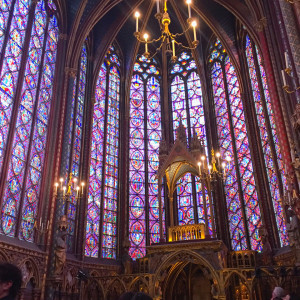
Sainte-Chapelle
Besides its food and museums, Paris is best known for its array of churches. From Notre Dame to the Sacre-Coeur, the city is speckled with holy places that have been home to some of the most historic events in French history. Sainte-Chapelle is just one of Paris’ glorious churches, but it’s not as popular or familiar to the general public. That’s because for this one, you have to work a little harder to be dazzled.
The church is two stories, and the first floor is exquisite. It’s darker and more intimate than the sweeping Notre Dame is, with a smattering of stained glass, patterned ceiling and gold accent to spice it up. It’s certainly more magnificent than any church I’ve been to in America. But once you twist up the narrow staircase at the back, it becomes absolutely breathtaking.
Sainte-Chapelle was commissioned by King Louis IX to be a reliquary, or a place to hold religious relics. Its main purpose was to hold the Crown of Thorns, a relic he had purchased for over half of France’s fiscal worth in the mid-1200s. The entire room is made of stunning stained glass that, in my opinion, puts every other church in Paris to shame. The vibrant and detailed stained glass panels, almost all of which are still the originals, tell the stories of the Bible. It’s easily the most beautiful place I’ve been in my entire life, and it’s a must-visit if you are ever in Paris.



